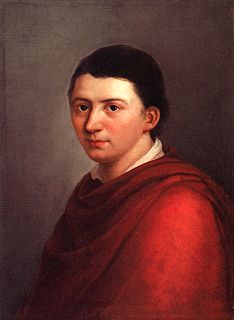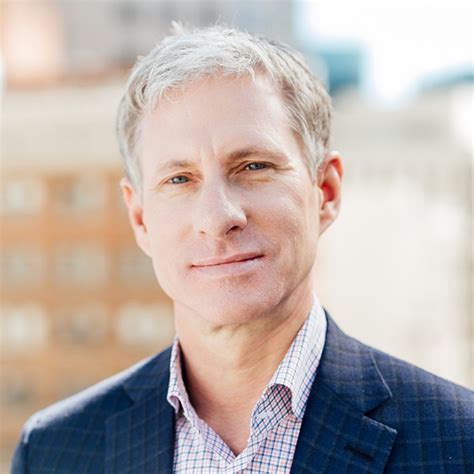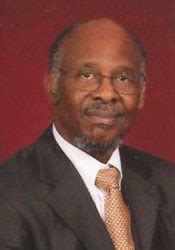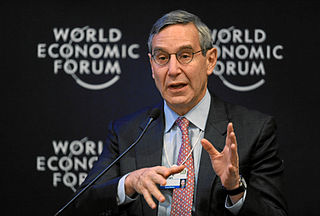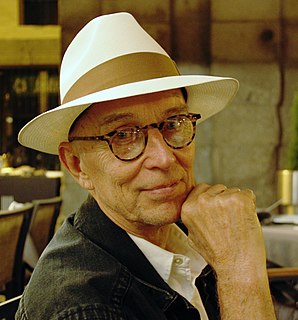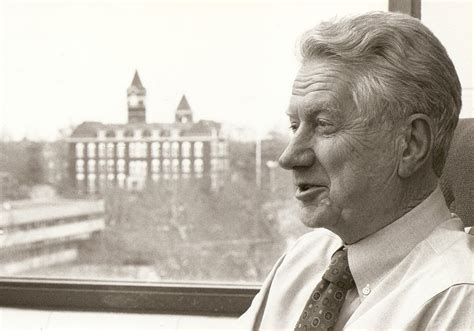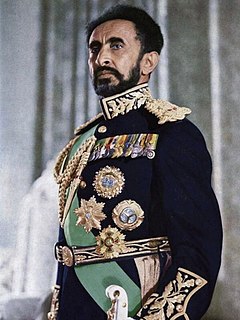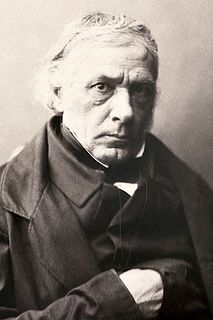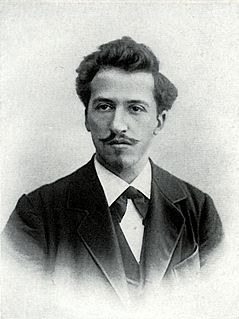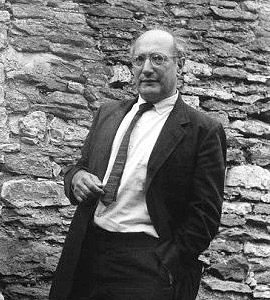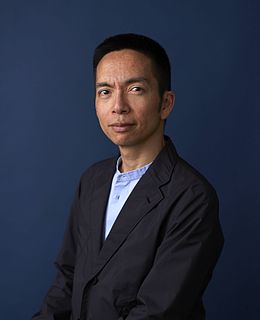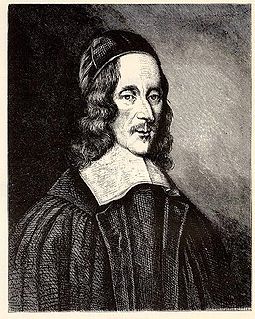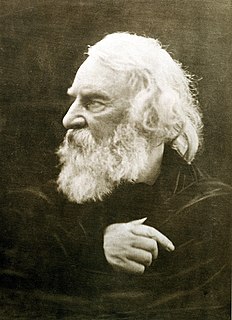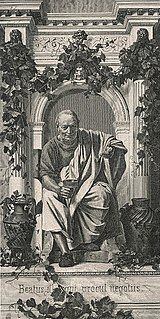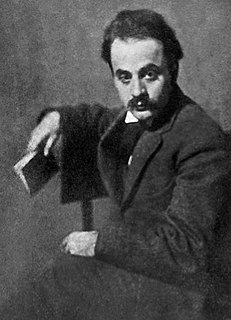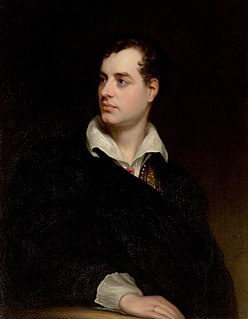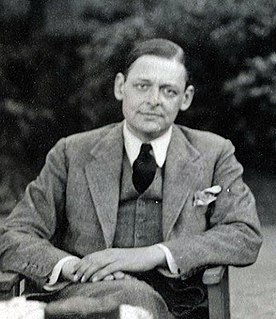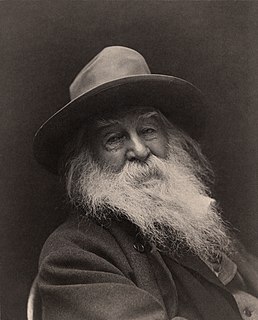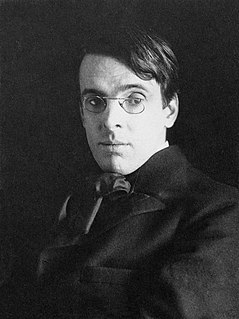A Quote by Karl Wilhelm Friedrich Schlegel
What do the few existing mystics still do? -- They more or less mold the raw chaos of already existing religion. But only in an isolated, insignificant manner, through feeble attempts. Do it in a grand manner from all aspects with unified efforts, and let us awaken all religions from their graves, newly revivify and form the immortal ones through the omnipotence of art and science.
Related Quotes
The short form, speed, and consistency of communication by Trump beat Clinton's nuanced, detailed, and long-form communication. Trump came across as more genuine, Clinton as less than transparent. Trump engaged directly with his community; Clinton spoke through the media in a careful and less frequent manner.
From cradle to grave this problem of running order through chaos, direction through space, discipline through freedom, unity through multiplicity, has always been, and must always be, the task of education, as it is the moral of religion, philosophy, science, art, politics and economy; but a boy's will is his life, and he dies when it is broken, as the colt dies in harness, taking a new nature in becoming tame.
After all these years of wandering around as a street photographer and a journalist, I decided that this world is such a curious, screwed up place so full of contradictions... that I couldn't look at it any more in the raw form without trying to find some way of balancing it in a more philosophical context - less in a reportorial manner and more in an artistic one.
Most of the founding fathers, sympathetic with and influenced by the European Enlightenment, saw religion - natural religion, that is - as a potential good, but with equal clarity they saw the religions of existing institutions and religions based on a fixed scriptural revelation as meddlesome, wrong-headed and hopelessly obsolete.
In the mystic traditions of the different religions we have a remarkable unity of spirit. Whatever religion they may profess, they are spiritual kinsmen. While the different religions in their historic forms bind us to limited groups and militate against the development of loyalty to the world community, the mystics have already stood for the fellowship of humanity in harmony with the spirit of the mystics of ages gone by.
Art neither belongs to religion, nor to ethics; but, like these, it brings us nearer to the Infinite, one of the forms of which it manifests to us. God is the source of all beauty, as of all truth, of all religion, of all morality. The most exalted object, therefore, of art is to reveal in its own manner the sentiment of the Infinite.
The odds against life in the universe are simply astonishing. Yet here we are, not only existing, but talking about existing. What can account for it? Can every one of those many parameters have been perfect by accident? At what point is it fair to admit that science suggests that we cannot be the result of random forces?
Evolution is always the work of pioneers, and their followers are always small in number. This following is not a clique; it is the result of all the existing social forces; it is composed of all those who through innate or acquired capacity are ready to represent the existing degree of human revolution.
The myth holds us, therefore, not through its romantic flavor, not the remembrance of beauty of some bygone age, not through the possibilities of fantasy, but because it expresses to us something real and existing in ourselves, as it was to those who first stumbled upon the symbols to give them life.
To this day, we see all around us the Promethean drive to omnipotence through technology and to omniscience through science. The effecting of all things possible and the knowledge of all causes are the respective primary imperatives of technology and of science. But the motivating imperative of society continues to be the very different one of its physical and spiritual survival. It is now far less obvious than it was in Francis Bacon's world how to bring the three imperatives into harmony, and how to bring all three together to bear on problems where they superpose.
